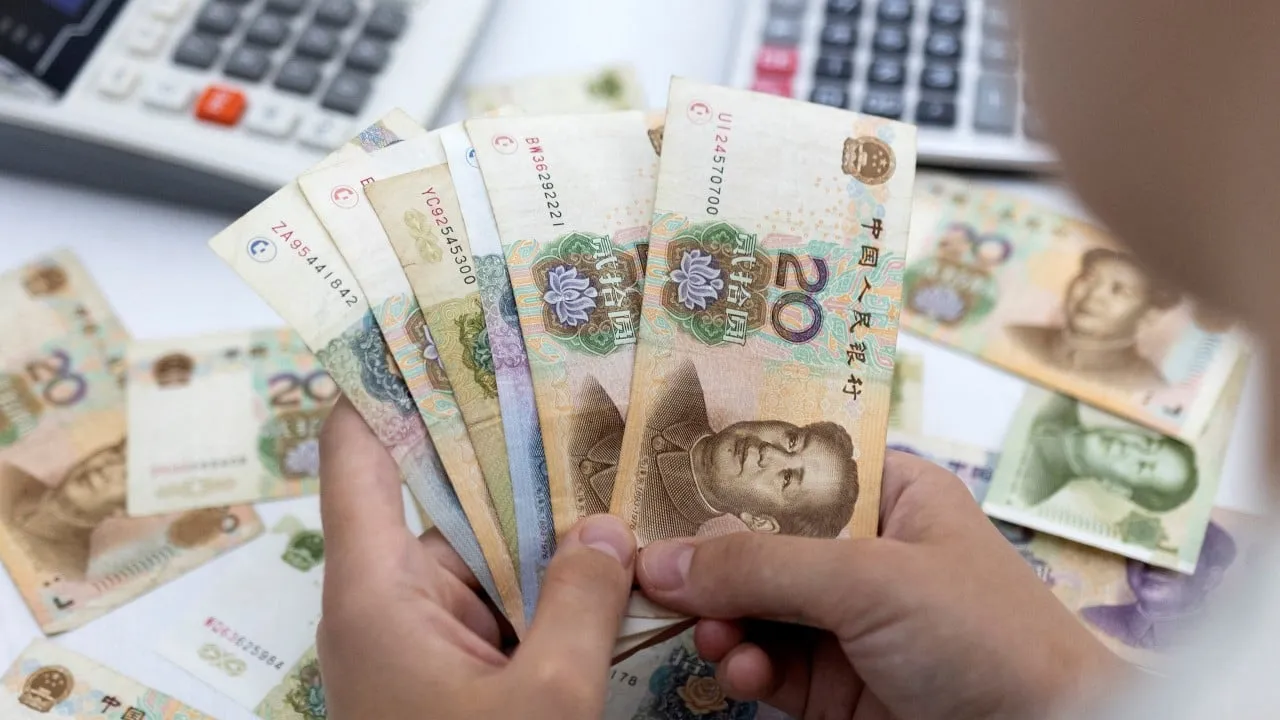China's Economic Recovery Boosted by Ultra-Long Special Bonds

China's Economic Recovery Through Ultra-Long Special Bonds
China has announced the sale of ultra-long-term special government bonds, reaching a cumulative total of 1 trillion yuan (US$138.12 billion) this year. These bonds, issued after a significant hiatus since 2020, are pivotal for funding critical national projects.
Why Are These Bonds Unique?
The ultra-long special bonds come with varying investment terms, maturing in 20, 30, or even 50 years, with yield rates between 2.19% and 2.57%. Classified as 'special', these bonds fund targeted initiatives, marking a departure from more typical bond issuances.
History and Utilization
- The first issuance dates back to 1998 during the Asian financial crisis, aimed at reconstructing state banks.
- A subsequent issuance in 2007 helped establish the China Investment Corporation.
- The most recent bonds were allocated for combating pandemic effects in 2020.
Approximately 700 billion yuan has been earmarked for essential national strategies, enhancing security in vital sectors. Notable infrastructure projects funded include the Shanghai–Chongqing–Chengdu high-speed railway and urban renovation efforts in Northeast China.
Impact on the Economy
These bonds hold significance in light of China's weakened domestic demand and escalating local government debt pressures, which challenge economic growth. With a commitment to funding through these bonds, local governments are expected to address designated projects that stimulate economic activity.
Future Outlook of Special Bonds
The issuance of ultra-long-term special bonds is anticipated to continue as a component of China's fiscal policy, with a focus on national priority projects that improve urban infrastructure and social services.
This article was prepared using information from open sources in accordance with the principles of Ethical Policy. The editorial team is not responsible for absolute accuracy, as it relies on data from the sources referenced.